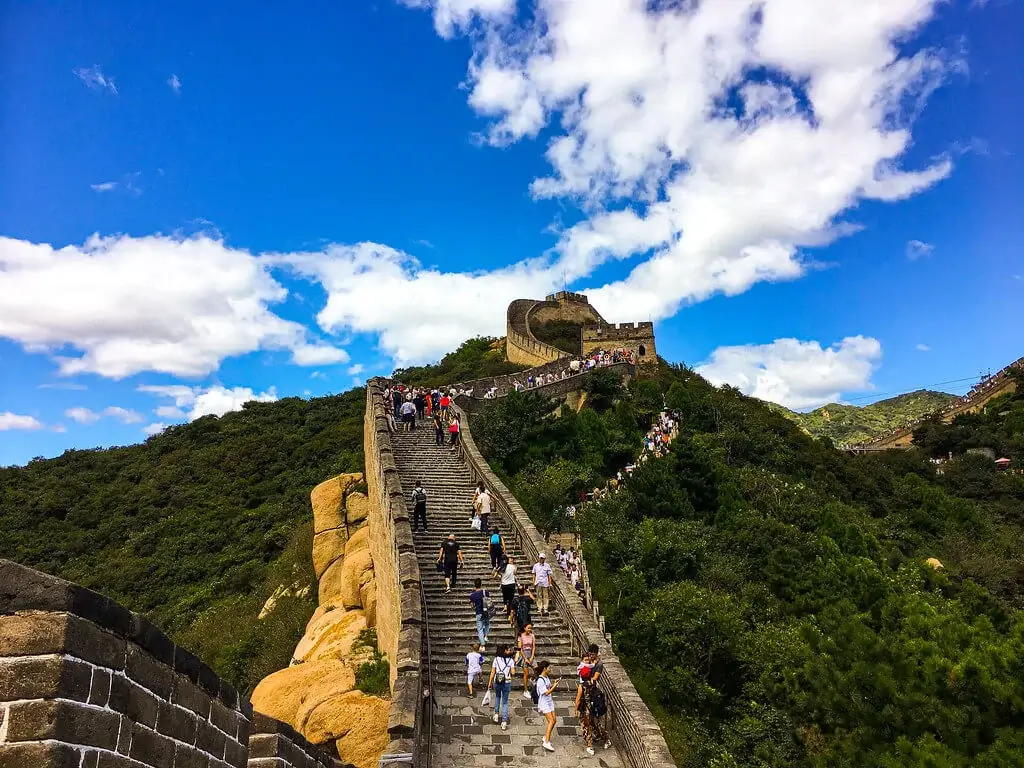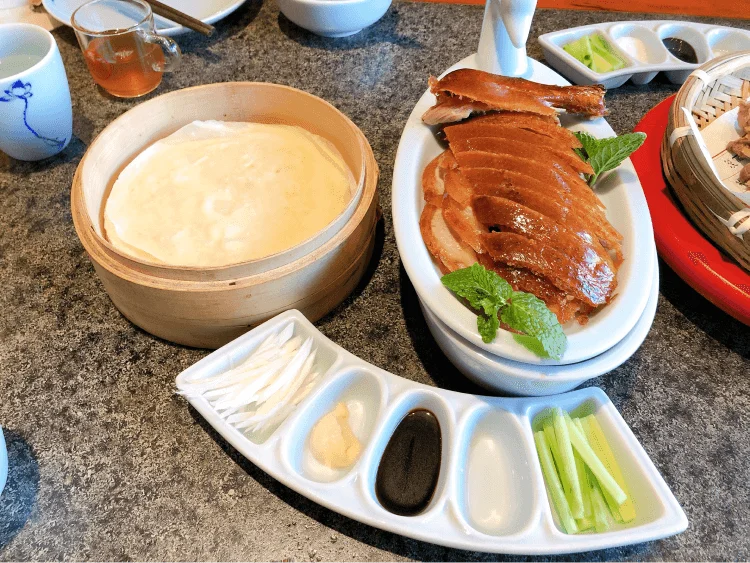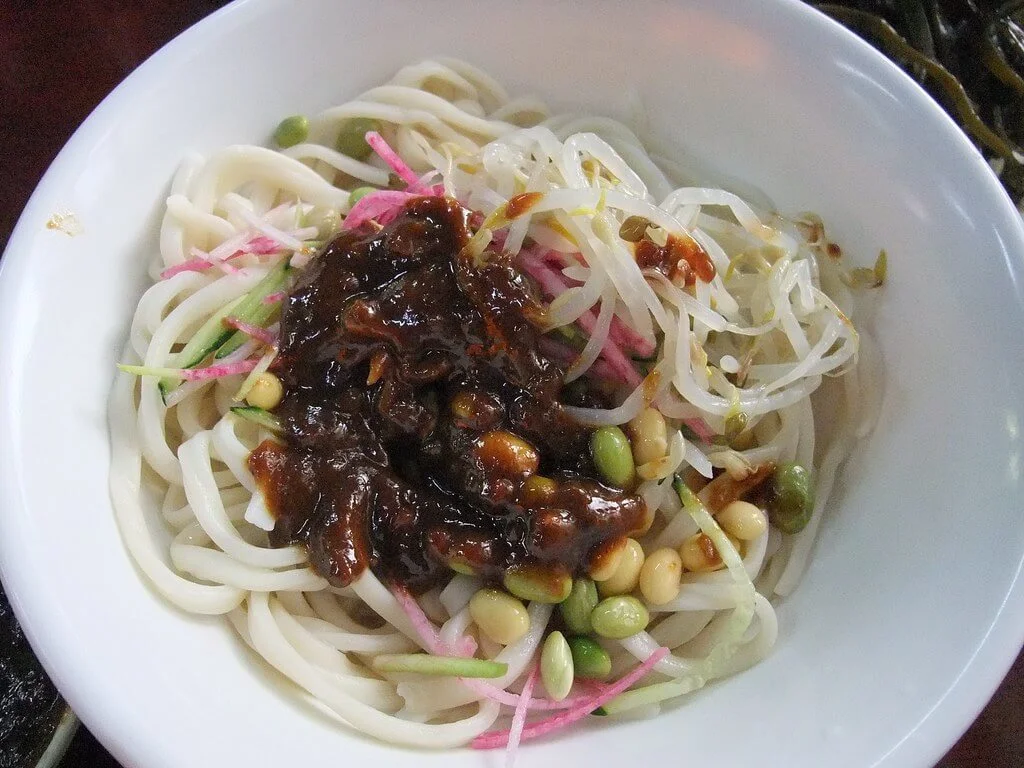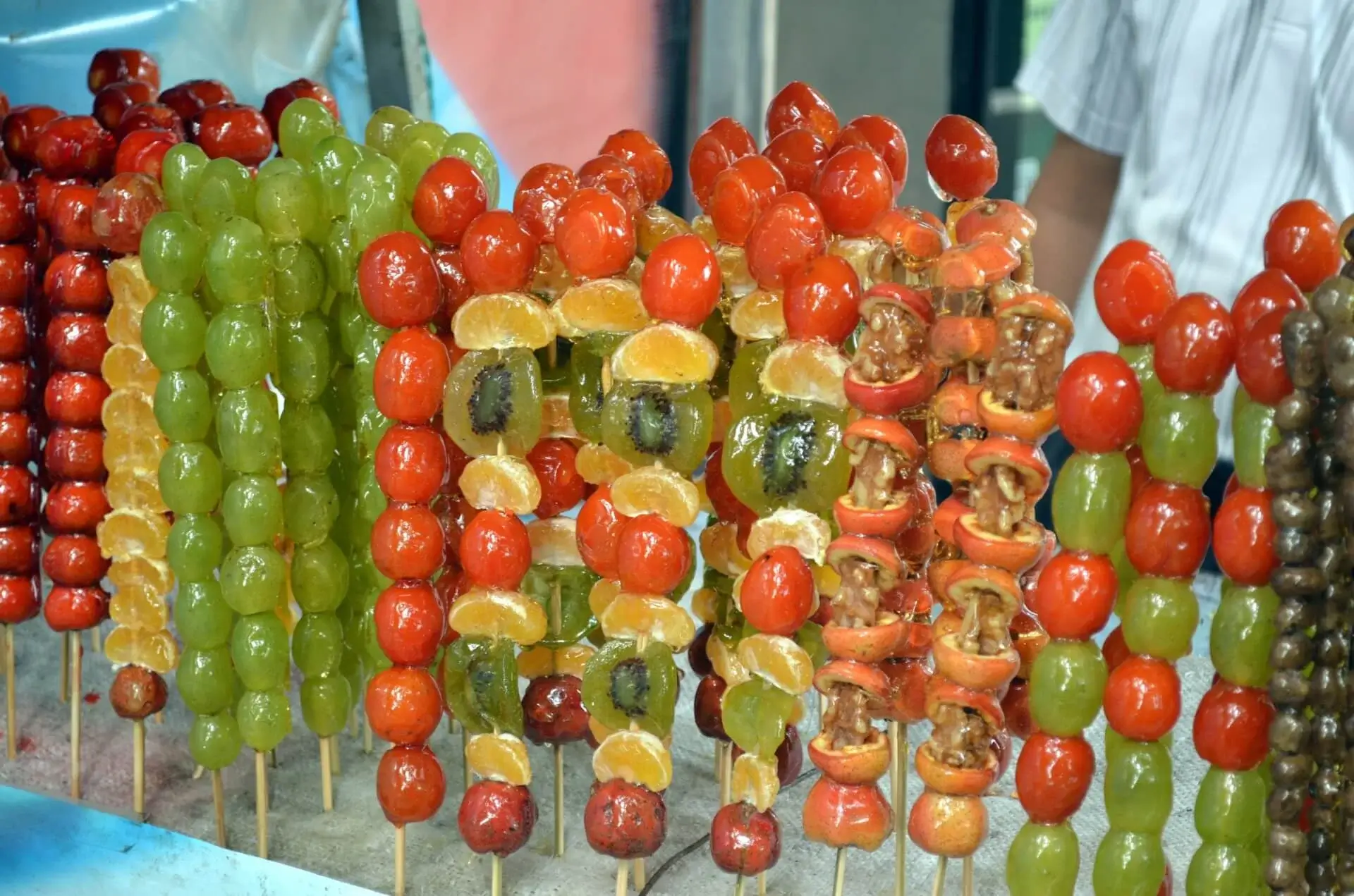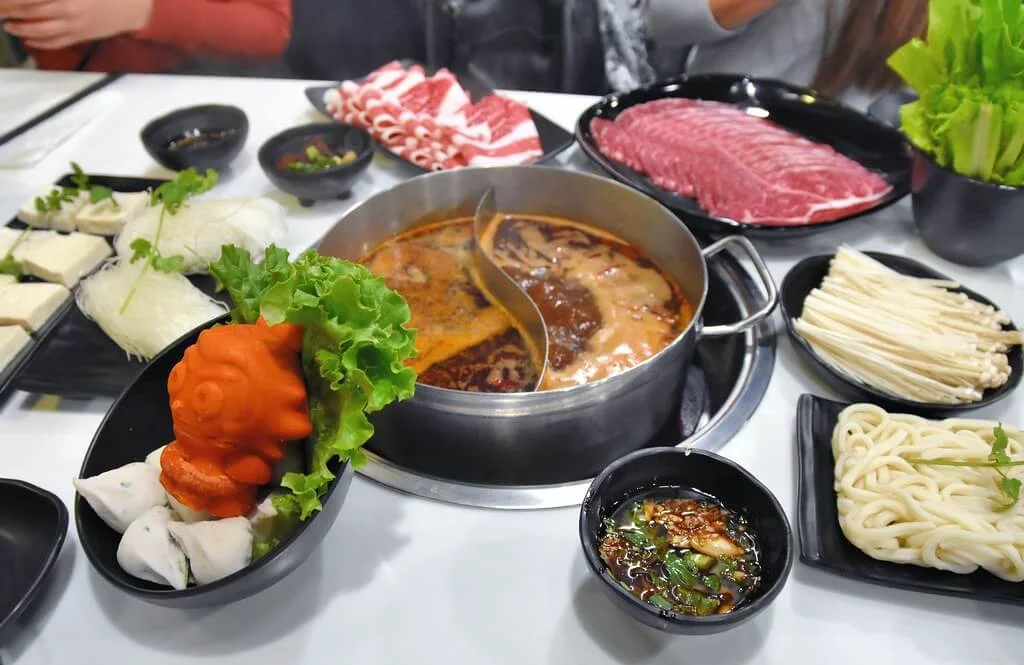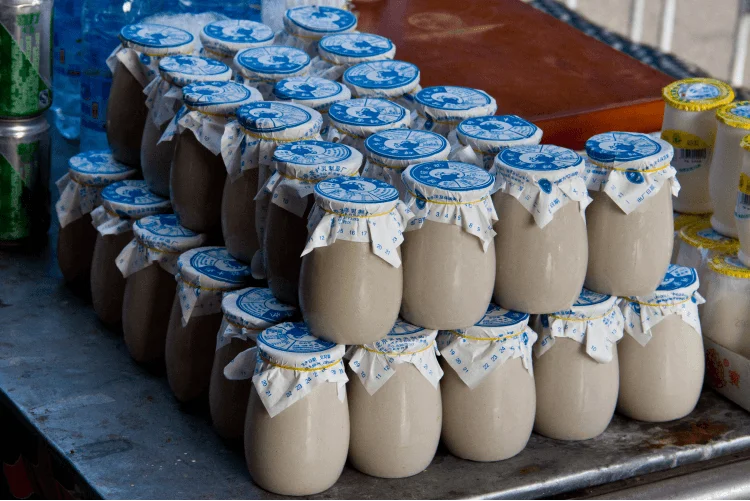Beijing is a fascinating collision of the ancient and ultramodern, a journey through history that evolves on a daily basis.
But planning a perfect 7-day trip to this dynamic capital can be almost as intimidating as the city itself – from unfamiliar social norms to navigating public transport.
Let me help you cut through the red tape and experience the rich history, beautiful architecture and buzzing daily life of Beijing, at the very center of China. Ready to pack your bags?
Let’s get started!
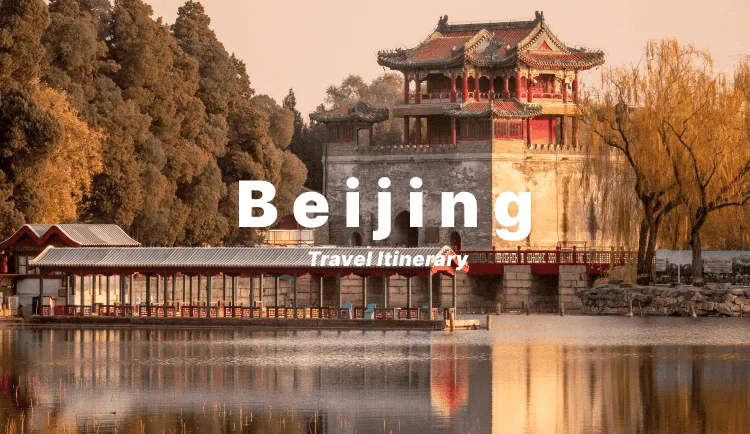
1. Considerations When Planning Your Beijing Travel Itinerary
Before starting your Beijing adventure, it's essential to consider several factors to ensure a smooth and enjoyable trip. Here's what you need to think about:
Budget: Be clear on how much you’re willing to spend – this will help you decide on flights, accommodation, and daily expenses
Accommodation Options: Whether you want luxury hotels or budget hostels, find somewhere that meets your budget and priorities
Time of Year: The Beijing climate is diverse, so factor in the weather when planning your visit
Interests and Activities: Whether you want to visit historic sites, learn more about Chinese culture, or simply go shopping, plan your trip to suit your interests
Health and Safety: Make sure you’re aware of any potential health risks and take steps to stay safe
Travel Restrictions and Visas: Don’t get tripped up by passport issues with this curated advice on visas and travel warnings
2. Perfect 7-Day Beijing Travel Itinerary
Make the most of your trip to Beijing with our seven-day itinerary, taking in the best of the historically rich, culturally vibrant, and futuristically modern Chinese capital.
The itinerary packs in ancient sights, cultural experiences, and modern wonders, giving you a full sense of China's capital over seven days.
Detailed Beijing 7-Day Trip Table
Day | Destination | Recommended Activities |
1 | Chaoyang District | Arrival, Sanlitun |
2 | Haidian District | Peking University, Tsinghua University, Old Summer Palace, Summer Palace, Dashilan, Xianyukou Street |
3 | Yanqing District | The Badaling Great Wall (route: North 7th floor - North 8th floor - North 4th floor - Hero's Stone - Pulley back) |
4 | Dongcheng District | Forbidden City (route: Meridian Gate-Wuying Hall-Taihe Gate-Taihe Hall-Zhonghe Hall-Qianqing Hall-Jiaotai Hall-Kunning Palace-East Liugong District-Zhai Palace-Treasure Hall-Zhenfei Well-Shenwu Gate), Wangfujing Street |
5 | Dongcheng District | Yonghe Temple, Wudaoying Hutong, Imperial College, Confucius Temple |
6 | Dongcheng District | Tiantan Temple (route: Enter from the east gate ➡️ Seventy-two Corridors ➡️ Hall of Prayer for Good Harvests ➡️ Tiantan Cultural and Creative Store ➡️ Echo Wall ➡️ Round Mound ➡️ Zhai Palace ➡️ Exit from the west gate), Shichahai, Houhai, Drum Tower, Yandai Xiejie |
7 | Dongcheng District | National Museum, departure |
Day 1: Arrival in Chaoyang District
To see the modern side of Beijing, go no further than the Chaoyang District. The slick exterior city life is Olympic Park, a stark contrast to the hutongs and, increasingly rare in Beijing, blue skies between the concrete jungle.
What to Do:
Sanlitun: Ground zero for everything modern and cosmopolitan in Beijing. Chichi boutiques jostle for space with award-winning restaurants, lounges and pumping nightlife.
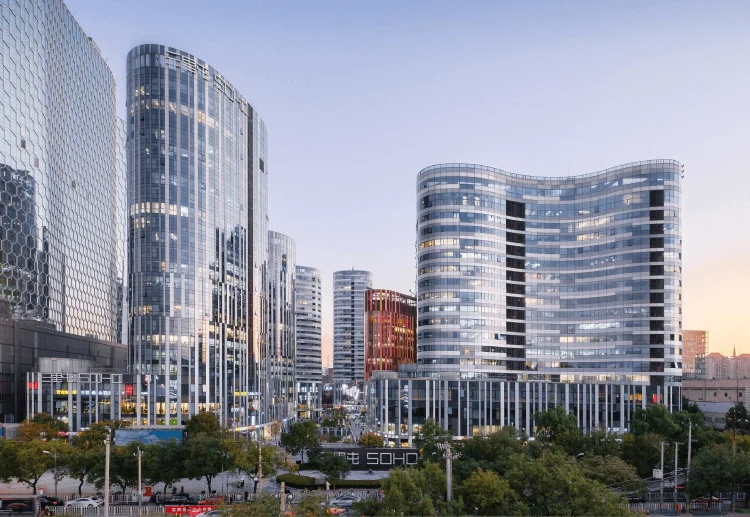
Where to Stay: Choose a hotel near Sanlitun for its convenient location and amenities.
Get familiar with the local transportation options, including taxis and subways, to navigate the city easily.
Day 2: Explore Haidian District
In Haidian District, academic temples and imperial palaces sit side by side, where history and beauty coalesce in enchanting fashion.
What to Do:
Peking University, Tsinghua University: The reputations of Beijing's two most prestigious schools go before them, but the atmosphere on both campuses is almost as enriching as the education contained within their walls.
Classical Chinese architecture surrounded by verdant environs is a breath of fresh air within the city itself, without ever leaving it.
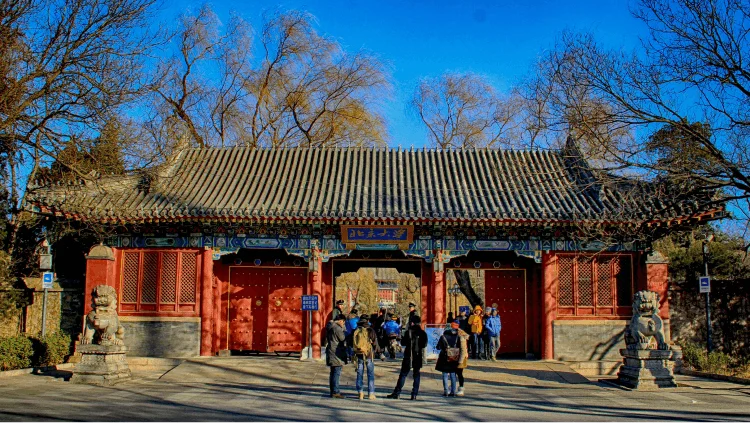
Old Summer Palace: A heart-wrenching ruin, there is nowhere in Beijing that the loss of the imperial past is more acutely felt than the former Old Summer Palace.
Though the buildings here were razed, the grounds remain, giving visitors the chance to explore them for themselves amid serene lakes, dotted with ruins.
Summer Palace: Three quarters of the park is water, and what isn't a lake or river on the grounds of the Summer Palace is a meticulously crafted Chinese garden.
Walk the Long Corridor, take a ride around Kunming Lake, practice calligraphy in one of the grandest pavilions
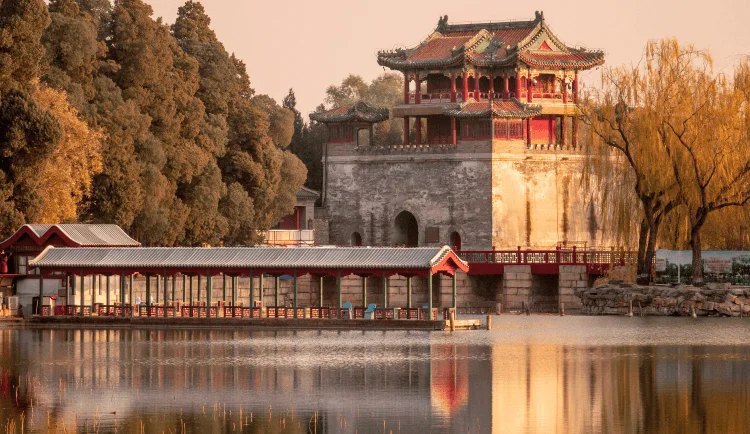
Dashilan/Xianyou Street: The great contradiction of Dashialan is how quiet it is given the hustle and bustle of modern commerce that takes place there, selling everything from curios and handmade crafts to contemporary fashions.
Xianyukou Street, meanwhile, is all about the food. Experience Beijing’s raucous street food scene with your taste buds.
Where to Stay: Opt for accommodation near the Summer Palace for easy access to attractions.
Wear comfortable shoes as there will be a lot of walking and exploring throughout the day.
Day 3: The Badaling Great Wall
Round off this experience of a lifetime with a trip to the world-renowned Badaling Great Wall, an architectural masterpiece of historical significance. Climb the ancient steps and immerse yourself in the tales of the empire's past.
What to Do:
Hiking from North 7th Tower to North 8th Tower: This sector of the Wall offers covering vistas and a real sense of the past.
Treading the well-worn bricks brings the age of the Wall home to you, as well as the architectural and geo-political brilliance of the people who built it.
North 4th Tower and Hero's Stone: Steep climb to the North 4th Tower for more photo opportunities of spectacular panoramas of the landscape with the Wall, and remember to capture the nearby Hero's Stone in the foreground, set against the immense, open sky.
Pulley Ride back: Returning from your hike, you'll get to ride a pulley to the foot of the mountain.
It's a fun end to your Great Wall day, gliding smoothly down while the full grade of the Wall and the land it snakes along unfolds beneath you.
Where to Stay: Book a place near Yanqing District to get an early start on the hike.
1. Bring plenty of water, snacks, and sun protection.
2. The hike can be strenuous, so pace yourself and take breaks as needed.
Day 4: Forbidden City and Wangfujing Street
From the ancient defenses to the heart of the imperial power at the Forbidden City. Then to the commercial life of Wangfujing Street, where history and the modern world collide.
What to Do:
Forbidden City tour: This former home of the dynasties is a sprawling labyrinth of heritage. Stepping through the Meridian Gate and continuing towards the imposing Shenwu Gate, you'll pass endless architectural masterpieces.
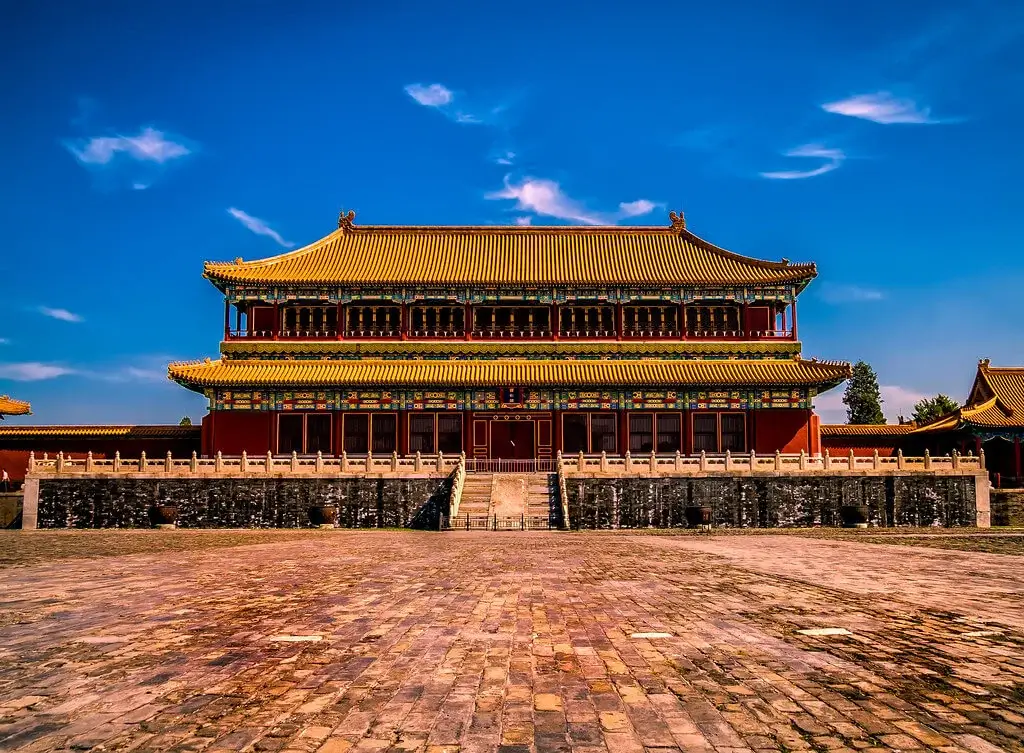
Hall of Supreme Harmony: Centerpiece of the Forbidden City, this is where the biggest ceremonies were held. The size and intricacy is designed to impress the emperor's authority on visitors.
Hall of Central Harmony: Smaller, but equally important, this was a quiet place where the emperor could meditate and prepare for events between the grander buildings.
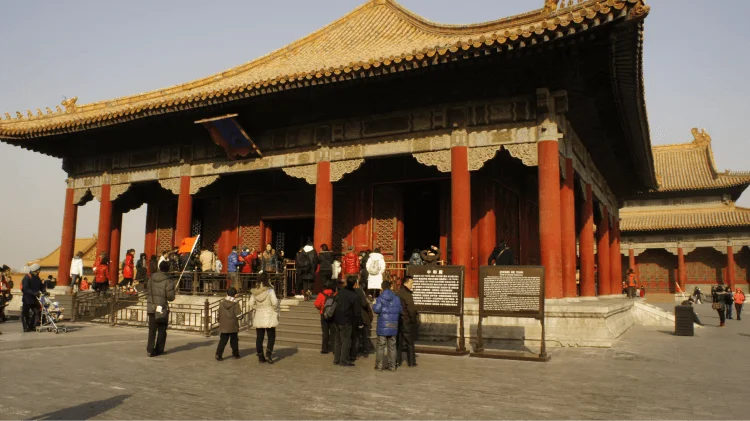
Hall of Heavenly Purity: Once a living space for emperors, the mingling of personal and national life is fascinating to behold.
Hall of Union and Peace: It was in this hall where the official seals of office were stored. A reminder of the bureaucratic minutiae and ceremony that surrounded the everyday function of the throne.
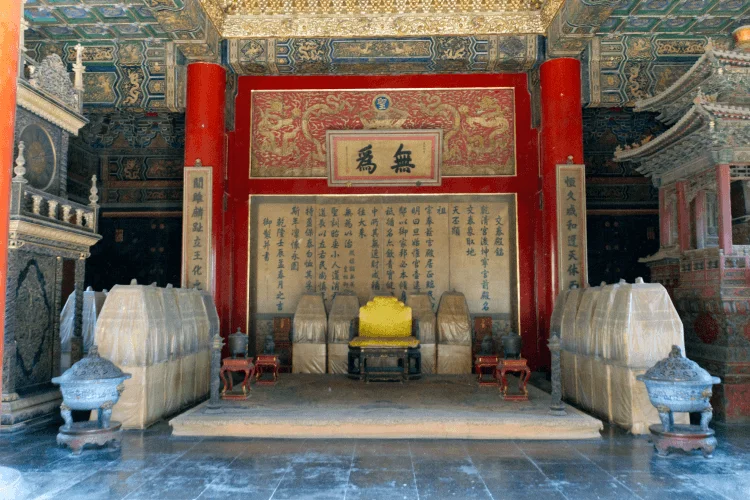
The Treasure Hall: A selection of the most sumptuous gifts given to the emperors throughout the centuries has been preserved and is on display in the Treasure Hall.
Wangfujing Street: Shop, eat and shop some more on this famed shopping street. Visit the market for street food, check in at the world's only remaining branch of the Wangfujing Bookstore, or simply browse the city's stores.
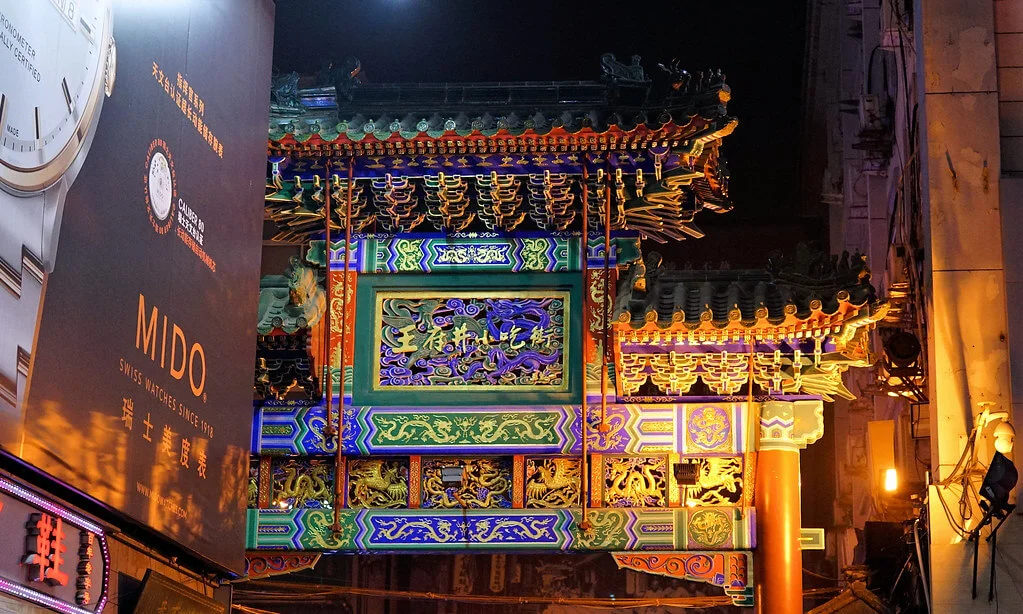
Where to Stay: Stay in Dongcheng District for easy access to these major attractions.
Arrive early at the Forbidden City to avoid the crowds and make the most of your visit. Allocate enough time to fully explore the vast complex.
Day 5: Temples and Hutongs
Further peel back the cultural layers of Beijing with a wander around its venerable temples and the winding alleyways of its historic hutongs, each step peeling back more of the city's complex historical fabric.
What to Do:
Yonghe Temple: Escape the hustle and bustle of the city at this beautiful Tibetan Buddhist temple, a place of calm, spirituality and – for visitors – some stunning architecture.
The Hall of Harmony’s Maitreya Buddha is particularly impressive, a 26m tall figure carved from a single piece of sandalwood.
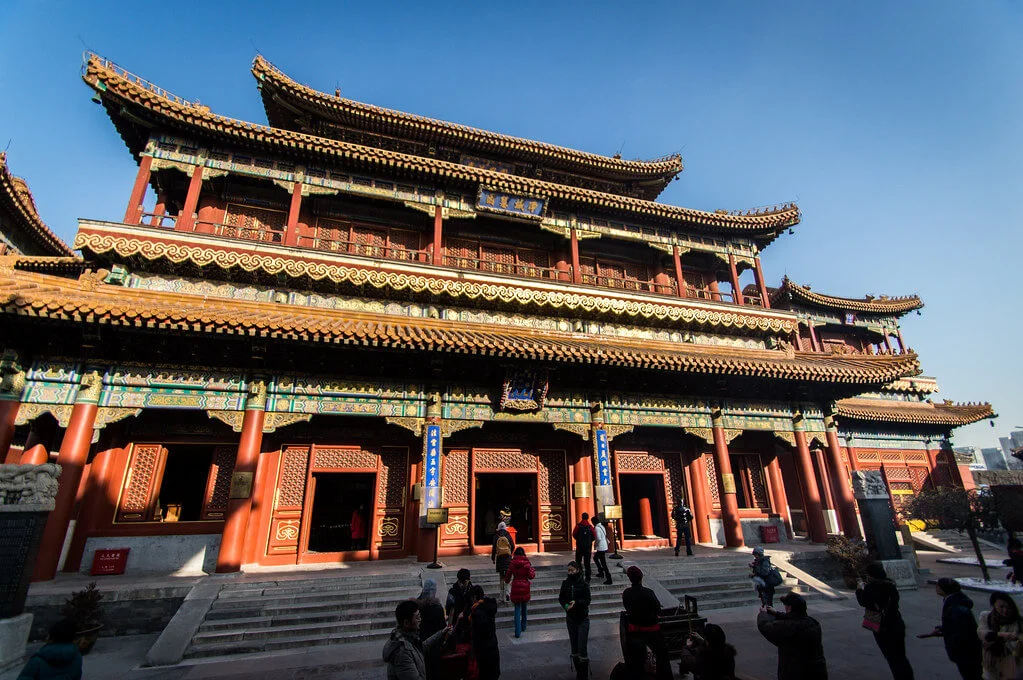
Wudaoying Hutong: A glimpse of old Beijing – and slightly less old – in an alleyway of bric-a-brac stores near-colliding with trendy cafes.
Visit for some of Beijing's nouveau-riche scene, trying local teas in a classical tea setting or searching for hipster waffles.
Imperial College (Guozijian): Formerly the highest establishment of learning in China, visiting the college is a deep dive into the country's education system through the ages.
Its architecture and atmosphere transport you back to when it was China’s academic heart.
Confucius Temple: Find some peace away from the city at this temple to the great philosopher, a series of pristine halls and courtyards dedicated to Confucius and his philosophy.
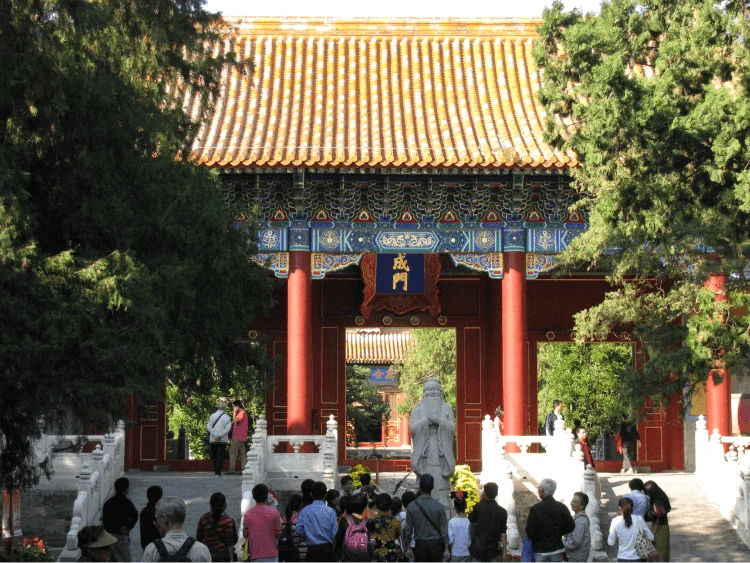
Where to Stay: Continue staying in Dongcheng for its central location.
Renting a bike can be a fun and efficient way to explore the hutongs. Be sure to stop by the local cafes and shops for a unique experience.
Day 6: Temple of Heaven and Cultural Spots
Make a day of it at some of Beijing's most tranquil and culturally rich spots, from the serene beauty of the Temple of Heaven to the cool vibes of Shichahai and Houhai.
What to Do:
Temple of Heaven: Walk the route from the East Gate, appreciating the geometrical perfection and deep symbolism.
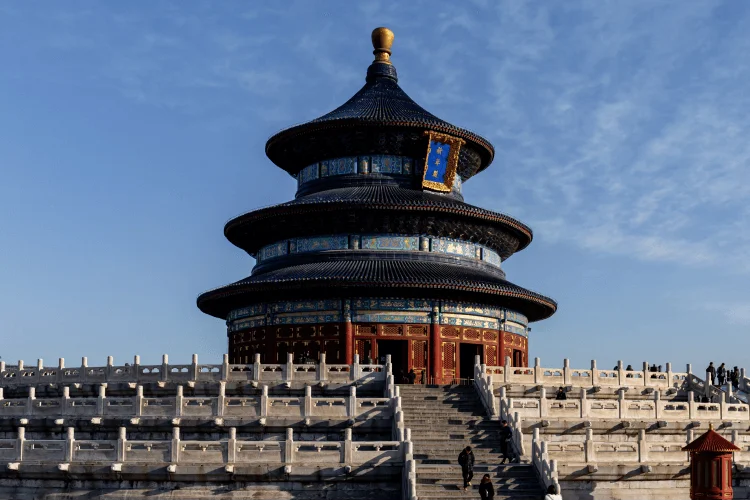
Seventy-two Corridors: Wander the covered walkways, taking in the paintings that depict ancient ceremonies and court life.
Hall of Prayer for Good Harvests: The round temple served as a site for prayers by emperors, and the architecture is an incredible showcase of wooden building techniques.
Echo Wall: Stand at one side of this circular wall and whisper; your friends will hear you perfectly on the other side. Weird!
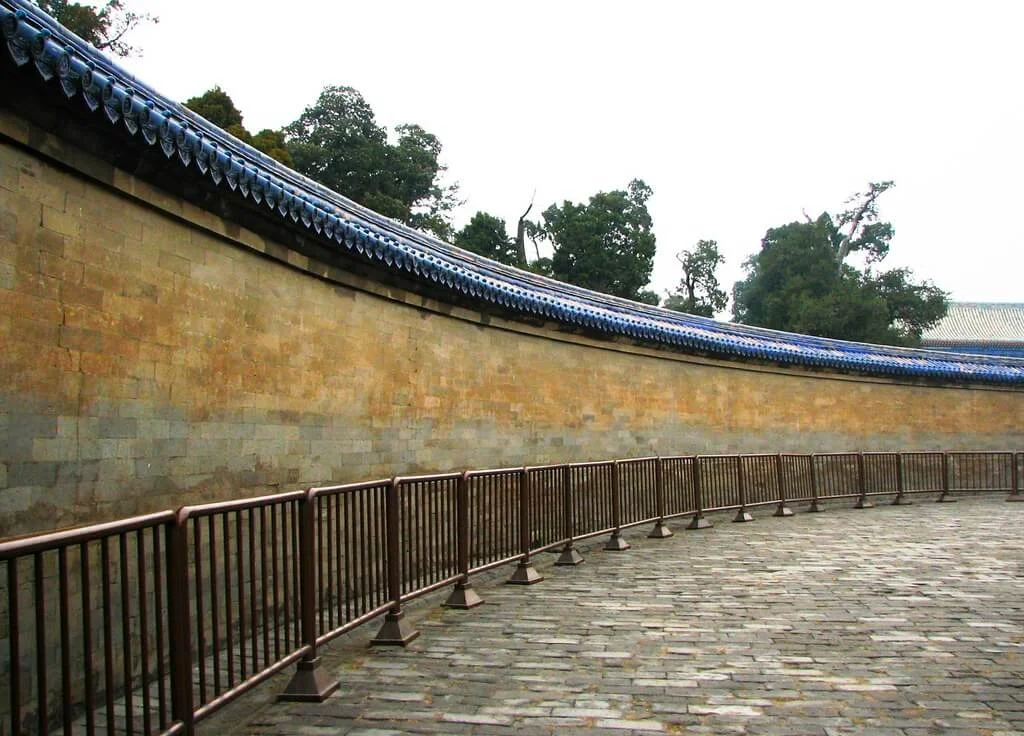
Circular Mound Altar: This open-air altar was the site of sacrifices in ancient times, a reminder of the spiritual belief in the dynasties.
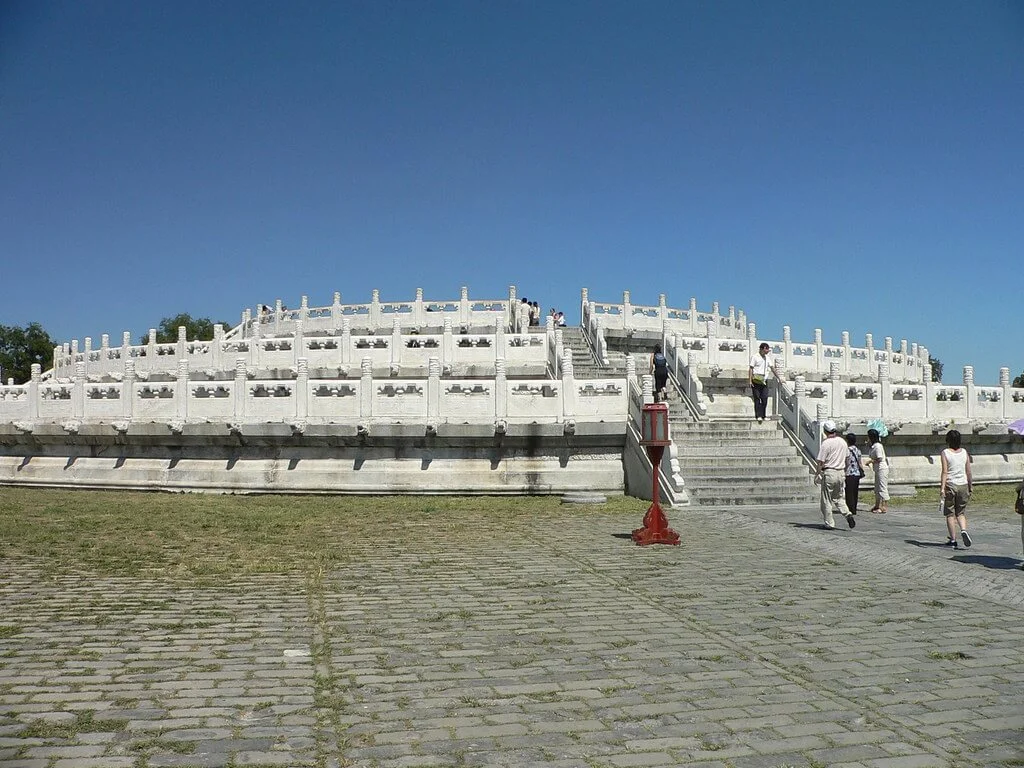
Tiantan Cultural and Creative Store: A retail haven for unique, well crafted souvenirs. Whether it's trinkets, crafts, or cultural items, there'll be something to remember Beijing by.
Shichahai and Houhai: These neighboring lakes are central to local life; rent a pedal boat, or take a rickshaw around the area to get a better sense of the city.
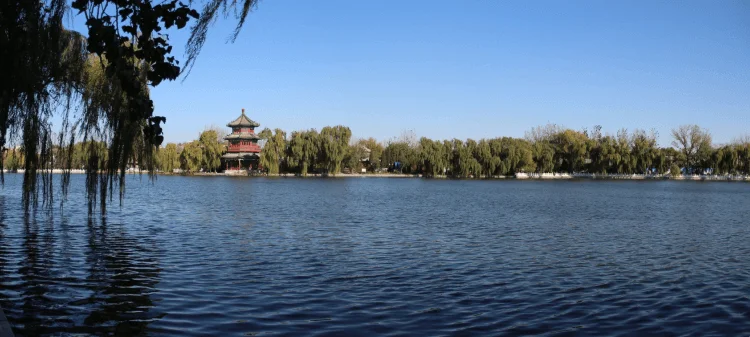
Drum Tower and Yandai Xiejie: Access the top of the Drum Tower for panoramic views of the city, before spending time on Yandai Xiejie, a historical street with old Beijing's flavor, with its street food and traditional architecture.
Where to Stay: Dongcheng District remains the best choice for convenience.
1. Visit early morning or late afternoon to enjoy these sites with fewer tourists.
2. Bring a camera to capture the beautiful scenery.
Day 7: National Museum and Departure
Finally, don’t miss the National Museum to wrap your visit with an overview of China’s history as sweeping as your tour of Beijing itself, before you continue with your travels.
What to Do:
National Museum: Offering a comprehensive exploration of China’s history in all its forms, the museum is home to ancient bronzes, historical materials and modern art.
Each item on display either will transport you through the centuries or show you the cutting-edge of artistic expression.
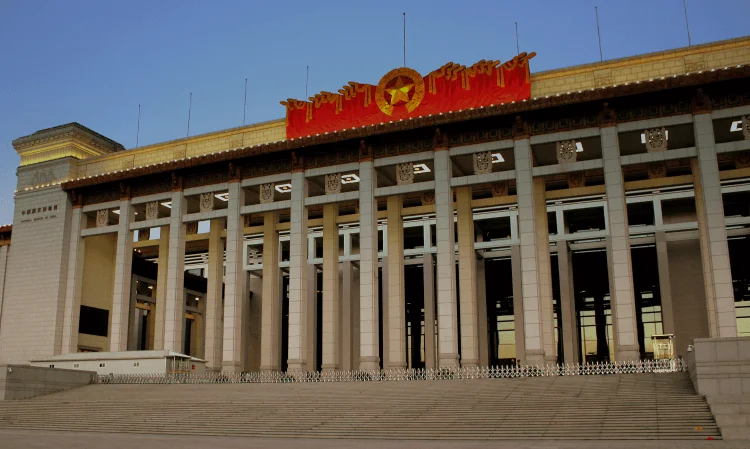
Where to Stay: Choose accommodation near the airport for convenience.
Pack and check out early to maximize your time at the museum. Ensure you have all your travel documents ready for departure.
How to Shorten/Extend the 7-Day Route
Shortening: Combine activities or skip less essential visits, such as some of the hutongs or street markets.
Extending: Add day trips to nearby cities like Tianjin or further explore Beijing’s outskirts, including the Ming Tombs or the Beijing Botanical Garden.
3. Top 10 Beijing Food and Drink
After exploring Beijing’s cultural and historical attractions, it’s time to look at the city’s dining scene. Beijing is known for its bold flavors, heavier dishes, and a balance of salty and sweet flavors that mirrors its history.
1. Peking Duck:
Crispy duck served with thin pancakes, spring onions, cucumber, and a sweet bean sauce – the must-try Beijing dish, where the skin shatters and the meat is succulent.
2. Jianbing:
A street food breakfast staple, a crepe made with mung bean flour and egg, and filled with spring onion, coriander, crispy wonton, and various sauces, resulting in a delicious, crunchy start to the day.
3. Zhajiangmian:
Noodles served with a savory soybean paste and minced pork, with fresh vegetables like cucumber and radish – a comforting, hearty meal.
4. Baozi:
Soft, steamed buns filled with pork, beef, vegetables, or sometimes sweet fillings like red bean paste – great for a snack or light meal.
5. Tanghulu:
Candied fruits, typically hawthorn berries, but can be anything that’s small, firm, and tart, encased in hard sugar, adding a sweet snap followed by juice.
6. Roujiamo:
Roughly equivalent to a Chinese burger, slow-cooked, seasoned pork in a crispy, flat bread – satisfyingly crunchy and meaty.
7. Hotpot:
A group dining experience, with meats, seafood, vegetables, and noodles cooked in a seasoned broth at the center of the table – a fun and customizable meal.
8. Douzhi:
A fermented mung bean milk that is soured, and only lightly salted, usually eaten with crispy sticks of fried dough – for fish-starved visitors
9. Beijing Yogurt:
A thick, somewhat tangy yogurt, traditionally served in small ceramic pots, either plain or with honey – naturally sweet and creamy.
10. Donkey Burger (Lürou Huoshao):
Finely minced donkey meat – a Beijing specialty – is heavily herbed and spiced, served in a crispy bun, offering a strong flavor with a sweet finish.
4. Additional Tips for Beijing Traveling
Packing Essentials
How you pack for your trip to Beijing can make or break your time in the city.
Weather-appropriate clothing should be top of the list – thin, breathable fabrics in summer, and plenty of layers for winter. Walkable shoes are a must, as are an adapter, sun protection, and a refillable water bottle.
Don’t neglect to bring any personal medications, and a small first-aid kit can come in handy for minor complaints.
Cash, Local Apps for Payment and Transport
While major hotels and restaurants will accept credit cards, small vendors and markets will often prefer cash, so it’s best to have some small notes in your pocket.
For larger transactions, apps such as Alipay and WeChat Pay are used by locals for nearly all cashless purchases.
For getting around the city, opt for the ride hailing app Didi, which is similar to Uber and generally cheaper and more convenient than hailing a taxi.

Local Etiquette and Customs
Knowing a bit about cultural norms will make your trip both easier and more rewarding. Start off basic – a "Nǐ hǎo" means hello, "Xièxiè" is thank you. Giving and receiving items should be done with both hands as a sign of respect.
Dress modestly when visiting places of worship and refrain from public displays of affection. If you're invited into a local person's home, it is customary to remove your shoes at the door.
Transport Options
Getting around Beijing is a cinch – in theory! The city has a subway system, bus network and no shortage of taxis.
The subway is fast, reliable and budget-friendly with stations at all the major spots. Buses, meanwhile, run through almost every corner of the city, but can get incredibly crowded.
Taxis are everywhere, but using the aforementioned Didi app is usually faster. If you want a more leisurely – and healthy – visit, you can rent a bike to navigate the city’s hutongs and parks.
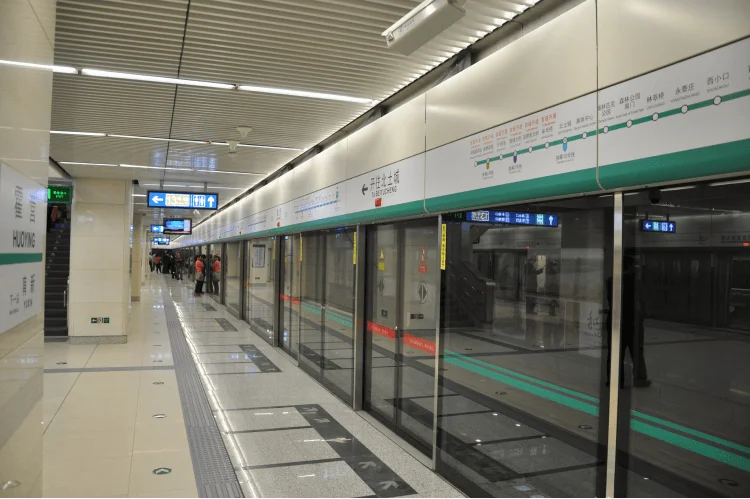
Renting a Car or Scooter
Car rentals are possible but not recommended unless you're confident of your driving skills – Beijing’s traffic is infamous and complicated. You'll also need an international driving permit.
Scooters can zip in and out of traffic and down narrow hutongs, but be sure to wear a helmet and obey traffic laws for your own safety. Before taking to the road, make sure you understand local driving rules and conditions for a safer journey.
Communication: Language Tips
Learning even a few words of Mandarin will endear you to locals. Try "Zhège duōshǎo qián?" – how much does this cost? – and "Xiǎng yào", to say what you want. For more complex matters, keep a translation app handy.
Many younger people speak at least a little English, but make an effort to speak the local lingo, too.
Summary
And that's it! A fantastic, whirlwind, packed-into-ten-days travel route that we hope has inspired a bit of awe and wonder.
If you do choose to follow it though, or some variation thereof, I hope this itinerary and advice can make it just that bit better for you.
I'm just glad I could provide it for you, and I hope it helps your visit. Have an amazing time.

